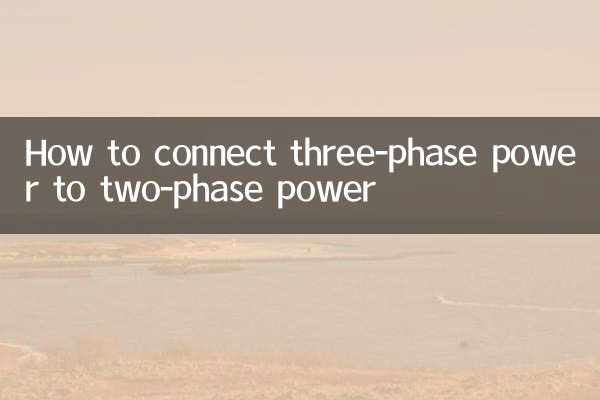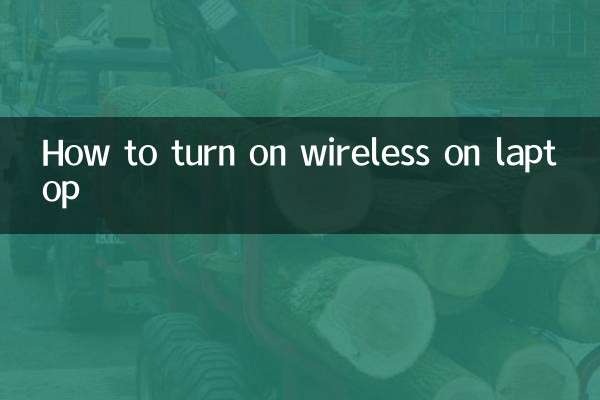How to connect three-phase power to two-phase power
In the power system, three-phase power and two-phase power are common power supply methods. Due to different actual needs, sometimes it is necessary to convert three-phase power into two-phase power. This article will introduce in detail the method, precautions and related data of connecting three-phase power to two-phase power to help readers complete the operation safely and efficiently.
1. The difference between three-phase electricity and two-phase electricity

Three-phase power refers to a power supply system composed of three live wires (L1, L2, L3) and one neutral wire (N). The voltage is usually 380V. Two-phase electricity consists of two live wires and a neutral wire, with a voltage of 220V. The main differences between the two are as follows:
| project | three phase electricity | two phase electricity |
|---|---|---|
| Voltage | 380V | 220V |
| Number of live wires | 3 roots | 2 sticks |
| Application scenarios | Industrial equipment, high-power electrical appliances | Household appliances, lighting |
2. Method of connecting three-phase electricity to two-phase electricity
There are several main methods for converting three-phase electricity into two-phase electricity:
1. Take the two-phase live wire directly
Select two live wires (such as L1 and L2) from three-phase electricity to get two-phase electricity. This method is simple, but you need to pay attention to the load balance problem to avoid imbalance of the three-phase power system.
2. Use a transformer
Convert 380V three-phase electricity into 220V two-phase electricity through a three-phase transformer. This method is suitable for situations where stable voltage is required, but the cost is higher.
3. Use frequency converter
The frequency converter can convert three-phase power into two-phase power, and can also adjust voltage and frequency, making it suitable for precision equipment.
3. Operation steps
The following are the specific steps to directly access the two-phase live wire:
| step | Operation content |
|---|---|
| 1 | Disconnect power to ensure safety |
| 2 | Select two live wires (such as L1 and L2) |
| 3 | Connect to live input of two-phase electrical equipment |
| 4 | Connect the neutral wire (N) to the neutral input terminal of the device |
| 5 | Check whether the wiring is correct, and then power on and test. |
4. Precautions
1.Safety first: The power supply must be disconnected and insulated tools must be used before operation.
2.load balancing: Avoid long-term use of a single phase line, which may cause imbalance in the three-phase electrical system.
3.Voltage matching: Make sure the rated voltage of the device is consistent with the supply voltage.
4.Professional operation: If you are not familiar with electrical knowledge, it is recommended to ask a professional electrician to operate.
5. Frequently Asked Questions
Q: Will connecting three-phase power to two-phase power damage the equipment?
A: If the voltages match and the wiring is correct, there will be no damage to the device. However, attention should be paid to load balancing issues.
Q: Can one phase of power be directly connected to the three-phase power?
A: Yes, but the voltage of one phase is 220V, so you need to ensure that the equipment is compatible.
6. Summary
Connecting three-phase power to two-phase power is a common electrical operation. There are various methods, but safety and load balancing issues need to be paid attention to. Through the introduction of this article, I hope readers can master the correct wiring method and avoid equipment damage or safety accidents caused by operational errors.
If you have other questions or need more detailed guidance, please leave a message to discuss!

check the details

check the details